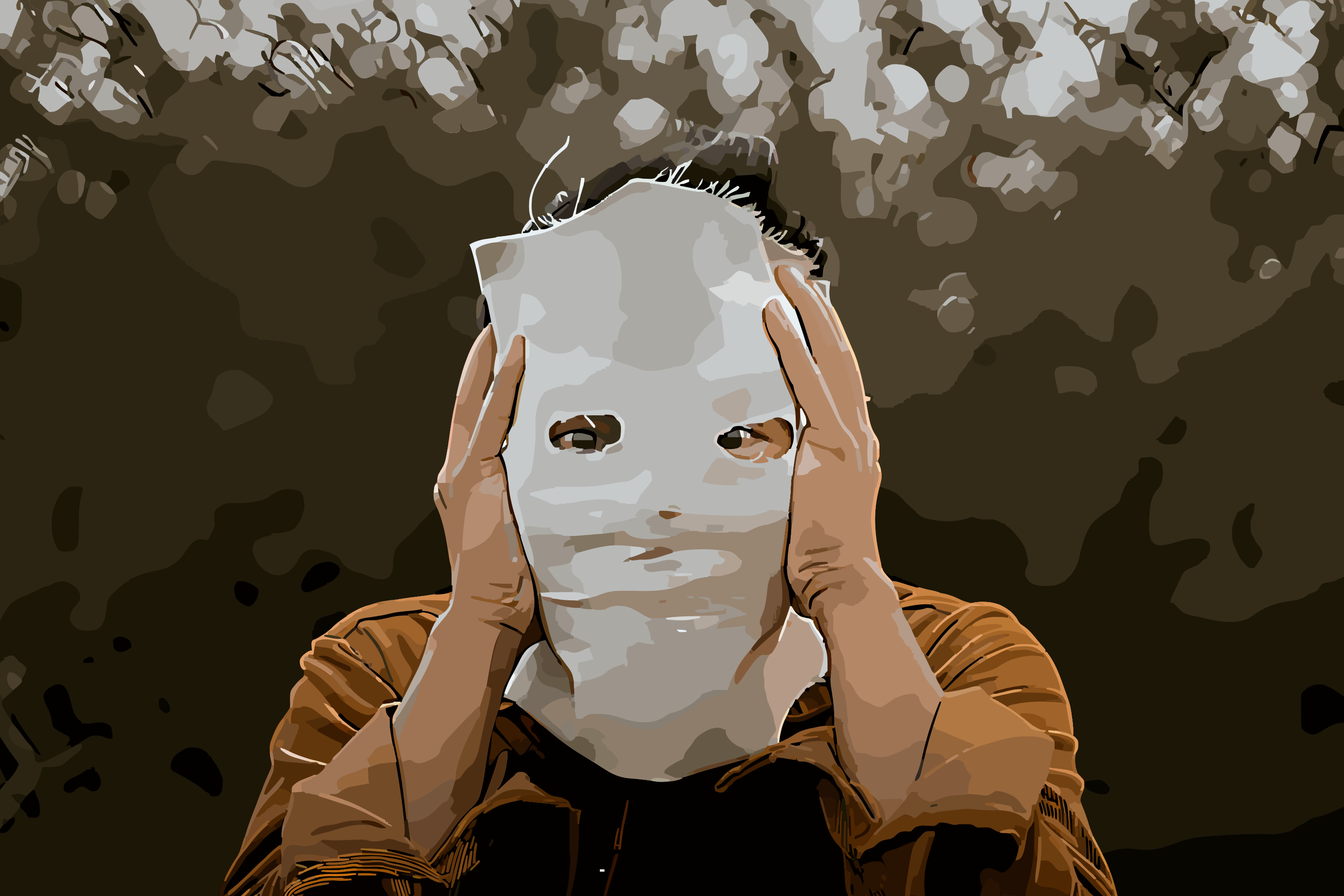Your brain is learning right now (whether you mean to or not). That’s latent learning in action.
You're carrying around a massive library of knowledge you never checked out, filled with books you never read, organized by a librarian you've never met.
That shortcut through the park you somehow know exists? You never consciously learned that route. The way you can sense your roommate's mood the second they walk through the door? No one taught you those emotional detective skills. How you instinctively know which grocery store aisle has the cereal, even in a store you've visited exactly twice? Your brain has been doing unconscious reconnaissance missions.
This is latent learning: where your brain has been conducting surveillance on your environment, building detailed knowledge maps, and stockpiling information you didn't even know you were collecting.
Edward Tolman discovered this in the 1940s by watching rats casually explore mazes without any rewards, only to suddenly become navigation professionals when food was finally involved. Those rats had been building mental maps the entire time — they just hadn't bothered to use them until it was worth their while.
Turns out, your brain works the same way. Right now, it's quietly learning things you won't realize you know until the moment you need them.
What Is Latent Learning?

Latent learning is gaining knowledge or skills without conscious effort, immediate reinforcement, or obvious demonstration until the moment you actually need that information. It's learning that happens in the background while you're busy doing other things, stored away until circumstances make it useful.
Other types of learning need rewards (operant conditioning), automatic associations (classical conditioning), or semi-conscious copying (observational learning), but latent learning is your brain being quietly productive without any external motivation.
It's learning without trying, knowledge without effort, and skills without practice.
The latent part means hidden or dormant — like a superpower you don't know you have until the right situation activates it. Your brain has been building cognitive maps of your environment, absorbing patterns in human behavior, and cataloging useful information just in case you need it someday.
This is about more than just memorizing facts or studying for a test. This is your brain passively soaking up the world around you like a sponge, then surprising you later by knowing exactly what you need when you need it.
Meet Edward Tolman: The Psychologist Who Helped Found Learning Theory
Edward Tolman was a UC Berkeley psychologist who looked at the dominant learning theories of the 1940s and thought there must be more to this whole learning thing.
While everyone else was obsessed with Pavlov's drooling dogs and Skinner's lever-pressing rats, Tolman decided to let his rats just...explore. Yep, no food rewards for correct turns, no punishments for wrong ones. Just rats wandering around mazes like they were browsing a particularly boring shopping mall.
Most psychologists thought this was pointless. What's the point of learning without rewards? But Tolman had a hunch that brains don't just learn when there's something in it for them.
Then, came the moment of truth: when Tolman finally introduced food rewards, these "aimlessly wandering" rats suddenly became navigation pros, taking efficient shortcuts and avoiding dead ends like they'd been studying the maze layout the whole time.
Turns out, they had been. They just hadn't bothered to show off their knowledge until there was free cheese involved.
Tolman had discovered that learning happens even when no one's keeping score.
How Latent Learning Actually Works

Your brain is running background data collection 24/7 (like that one app on your phone that's constantly using battery even though you never opened it).
While you're consciously focused on getting through your day, your brain is quietly building what psychologists call "cognitive maps.” These are detailed mental blueprints of your environment, social situations, and recurring patterns. It's cataloging which route to work has fewer traffic lights, which coworker always brings donuts on Fridays, and where the cleanest bathroom is in every building you've ever entered.
This information gets stored in a kind of mental filing cabinet labeled "potentially useful someday." Your brain doesn't immediately connect this knowledge to any specific goal or reward — it just files it away like a digital packrat who refuses to delete anything.
Which is crazy considering how efficient your brain is at learning and dumping new information.
The magic happens when you suddenly need that information. Your brain retrieves the relevant cognitive map, connects it to your current situation, and boom: you know exactly which way to turn even though you feel like you’ve never been here before.
Efficient? Yes. Slightly creepy? Also yes.
Examples of Latent Learning in Your Day-to-Day Life

Latent learning happens all day, every day. Your brain is reading this article right now, and while you’ll forget most of it within the hour, some of it will get stored in your mind’s unemptied trash bin.
Thanks for at least giving me a chance, reader’s brain. I appreciate it.
- Navigation Skills: You can take three different routes to the gas station, avoid the street that always has construction, and know which parking spots are usually empty (all without ever studying a map or getting GPS directions).
- Workplace Social Radar: You've somehow learned that Jennifer needs coffee before she can handle any questions, that meetings scheduled after 4 PM are universally pointless, and that the copier on the third floor works better than the one on your floor.
- Grocery Store Knowledge: You can walk into any supermarket and instinctively know the general layout (produce near the entrance, milk way in the back, snacks in the middle aisles) even though no one ever taught you grocery store architecture 101.
- Human Mood Detection System: You can tell when your partner had a rough day just by how they close the front door, when your friend is about to cancel plans by their text response time, and when your boss is in don't-bother-me mode by their hallway walking speed.
- Cultural Code Cracking: You've absorbed unwritten social rules about elevator etiquette (no eye contact, for the love of all that’s holy), which emoji responses mean what, and how long to wait before texting someone back without seeming desperate or rude.
Latent Learning vs. Other Types of Learning
I like to think of latent learning as the introvert of the learning family: quiet, observant, and only speaks up when it has something genuinely useful to contribute.
- Classical Conditioning: Your brain makes automatic connections between things (hear alarm, feel stressed). Latent learning doesn't create automatic responses. It just stores information until you need it.
- Operant Conditioning: You learn through rewards and punishments (check phone, get dopamine hit). Latent learning happens without any external motivation or consequences. Your brain just collects data because it's bored.
- Observational Learning: You consciously or unconsciously copy behaviors you see (mimic your friend's laugh). Latent learning isn't about copying. It's about passively absorbing environmental information without trying to reproduce anything.
All other types of learning have immediate, obvious triggers or outcomes. Latent learning is your brain playing the long game, storing information until it’s useful (which might be never).
The Neuroscience Behind Stealth Learning

Your brain’s hippocampus (the seahorse-shaped brain region) constantly creates and updates mental maps of everything from physical spaces to social dynamics. While you're consciously focused on not spilling coffee on yourself, your hippocampus is busy encoding spatial relationships, temporal patterns, and environmental details you're not even aware of noticing.
Now, your brain doesn't immediately file this information under important stuff. Instead, it gets stored in a kind of neural holding area, waiting for relevance to emerge. When you suddenly need to remember where the bathroom is in that restaurant you visited six months ago, your hippocampus connects the dots and delivers the goods.
This process involves multiple brain networks working together — your default mode network quietly processes background information while your attention is elsewhere, and your prefrontal cortex eventually helps retrieve and apply the knowledge when circumstances demand it.
Nifty, eh?
Take Control of Your Brain's Always-On Learning Mode
Your brain is already in the background, so you might as well make it work for you instead of just randomly absorbing everything around you.
Start paying attention to your environments.
Want to learn a new skill? Hang around people who already have it. Your brain will passively absorb their techniques, vocabulary, and approaches without you even trying.
Want to break bad habits? Change your surroundings and let latent learning work in reverse.
The best part is that you don't have to force this process. Just expose yourself to what you want to learn and trust your brain's background processing system.
Your brain is constantly downloading data. You might as well choose the content.
.png)


